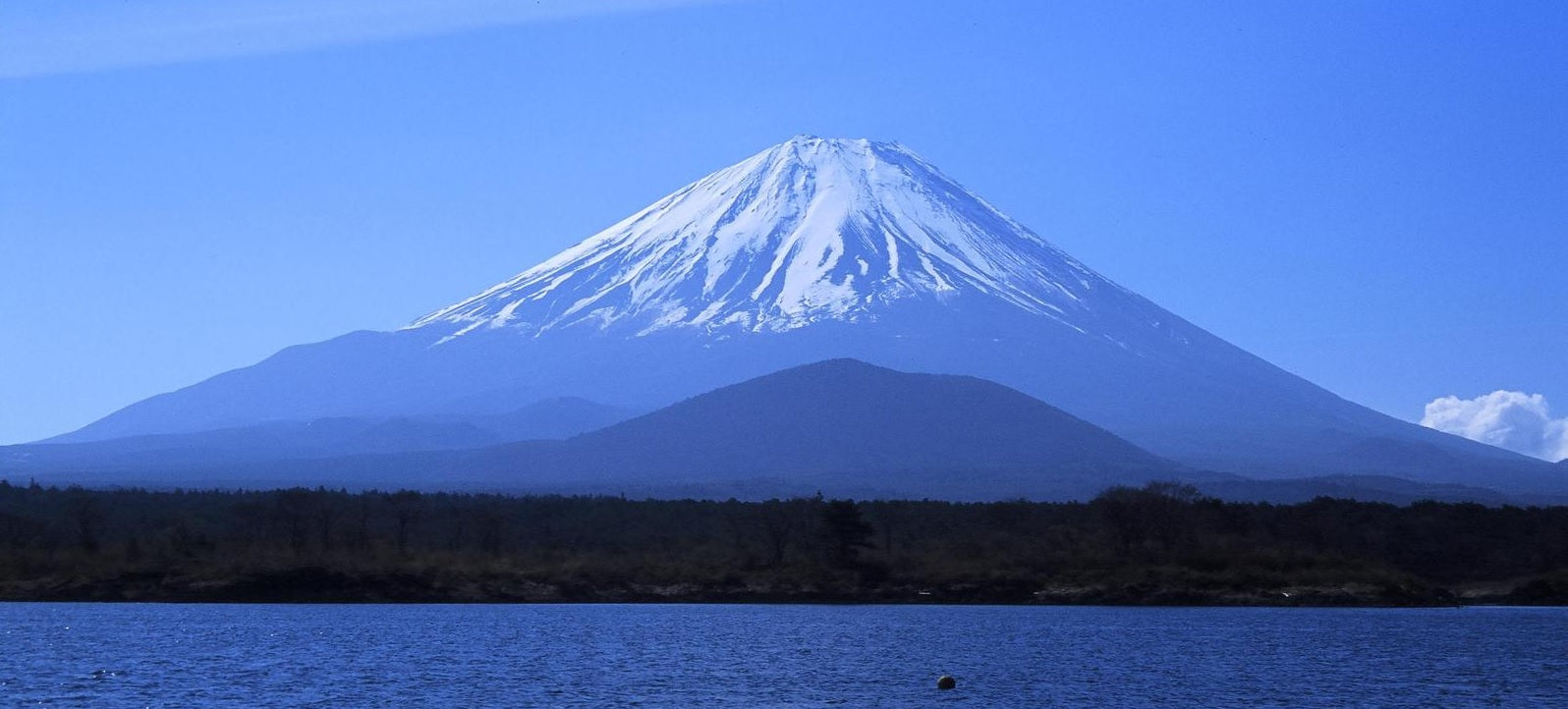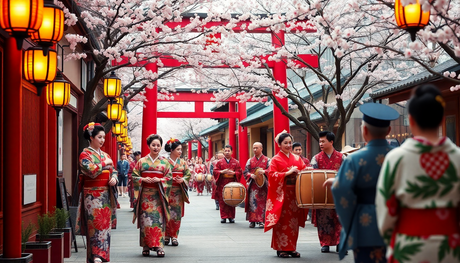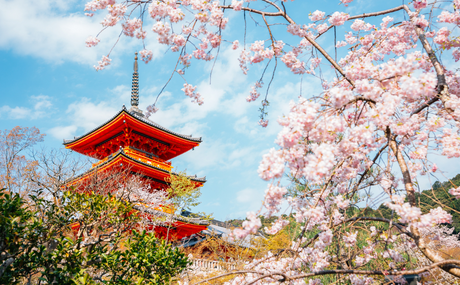Rising majestically above the landscape of Japan, Mount Fuji, or Fuji-san, is more than just the country's highest peak at 3,776 meters (12,389 feet). It is an emblem of national identity, a spiritual beacon, a source of artistic inspiration, and a marvel of natural beauty. Mount Fuji's significance transcends mere geography, encompassing profound cultural, historical, and environmental dimensions that make it a truly special landmark.
Geological Marvel
Mount Fuji is a stratovolcano, which has been formed through a series of eruptions over millennia. The current Fuji is actually the latest in a series of volcanic formations that began approximately 600,000 years ago. This layered structure, combined with its almost perfect symmetrical cone shape, makes it an iconic example of volcanic geomorphology. The last eruption occurred in 1707 during the Edo period, leaving a historical record and geological footprint still studied by scientists today.
Cultural and Spiritual Symbol
Mount Fuji holds a revered place in Japanese culture and spirituality. It is considered a sacred mountain, particularly in Shinto and Buddhist traditions. The mountain is often associated with the goddess Konohanasakuya-hime, who is believed to reside on the summit. For centuries, pilgrims have undertaken the ascent of Fuji-san as an act of devotion and purification. The Yoshida Trail, one of the oldest and most popular routes, reflects this spiritual journey with its numerous shrines and historical markers along the path.
Artistic Inspiration
The allure of Mount Fuji has captivated artists and poets for generations. Its imposing yet serene presence has been immortalized in countless works of art. Perhaps the most famous depiction is found in Katsushika Hokusai's series "Thirty-Six Views of Mount Fuji," which includes the iconic "The Great Wave off Kanagawa." These artworks not only highlight the mountain's aesthetic beauty but also its profound impact on Japanese culture and its influence on the world of art.
Natural Environment
Mount Fuji is part of the Fuji-Hakone-Izu National Park, an area known for its rich biodiversity and stunning natural landscapes. The mountain itself hosts a variety of ecosystems, from lush forests at its base to alpine conditions near its summit. Seasonal changes bring a dramatic transformation to its appearance, with cherry blossoms in spring, lush greenery in summer, vibrant foliage in autumn, and a snow-capped peak in winter. This environmental diversity adds to the mountain's appeal for nature enthusiasts and hikers.
Climbing and Tourism
Every year, hundreds of thousands of people from around the world visit Mount Fuji, with many attempting the climb to its summit. The official climbing season runs from early July to early September, during which the mountain is free of snow and the weather conditions are relatively mild. The climb, while challenging, is accessible to people of various skill levels, making it a popular adventure destination. Facilities along the routes, including mountain huts and rest stations, ensure that climbers can experience the ascent safely.
UNESCO World Heritage Site
In recognition of its cultural significance and outstanding natural beauty, Mount Fuji was designated a UNESCO World Heritage Site in 2013. This status acknowledges not only the mountain's physical attributes but also its deep cultural and spiritual importance to Japan and the world. The designation helps to preserve and protect the mountain's environment and heritage, ensuring that future generations can continue to experience its splendor.
Visit Japan to view Mt. Fuji!
Mount Fuji is a unique and multifaceted symbol of Japan, embodying the nation's natural beauty, cultural depth, and spiritual essence. Its striking appearance and rich history make it a source of inspiration and reverence. Whether viewed from afar, depicted in art, or experienced through the journey to its summit, Mount Fuji stands as a testament to the enduring power and beauty of nature, and the profound ways in which it shapes human culture and identity.
































